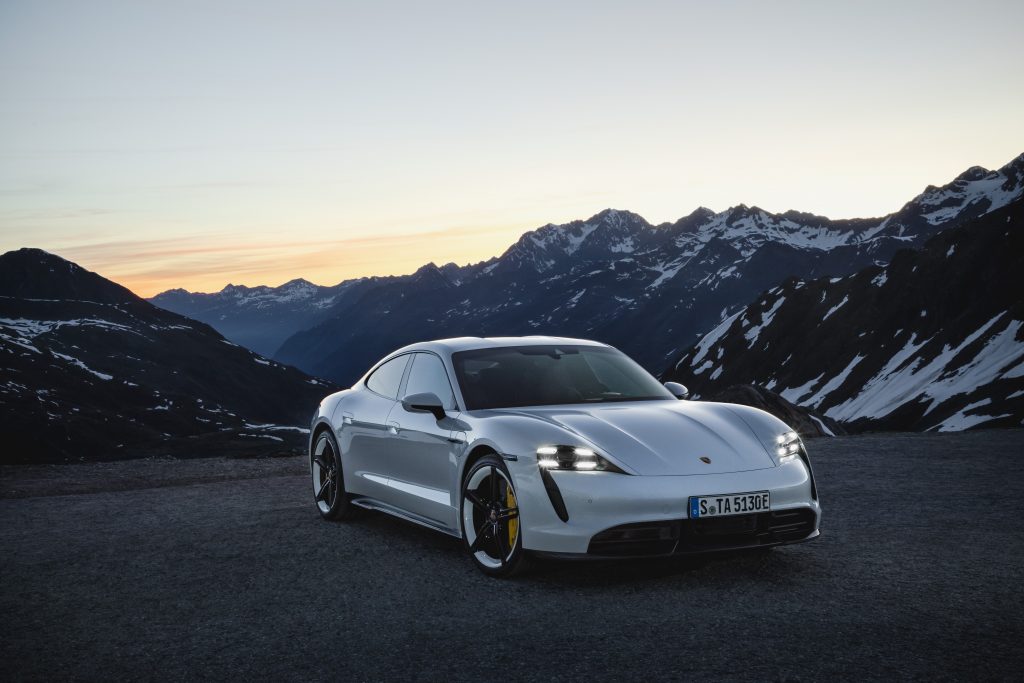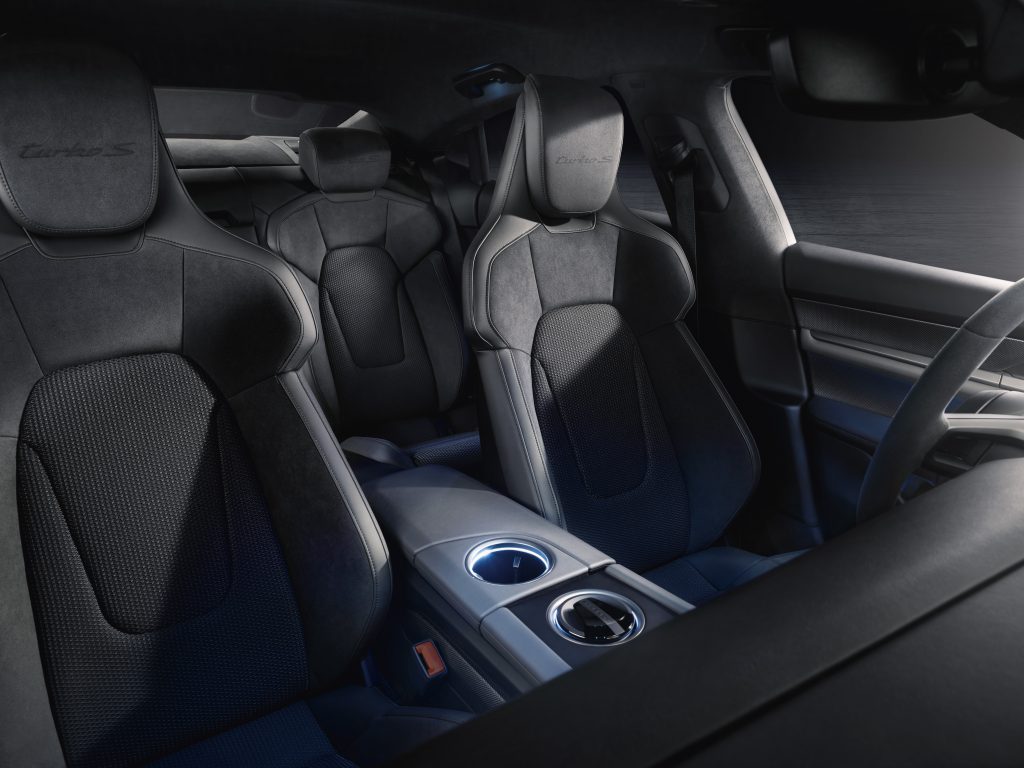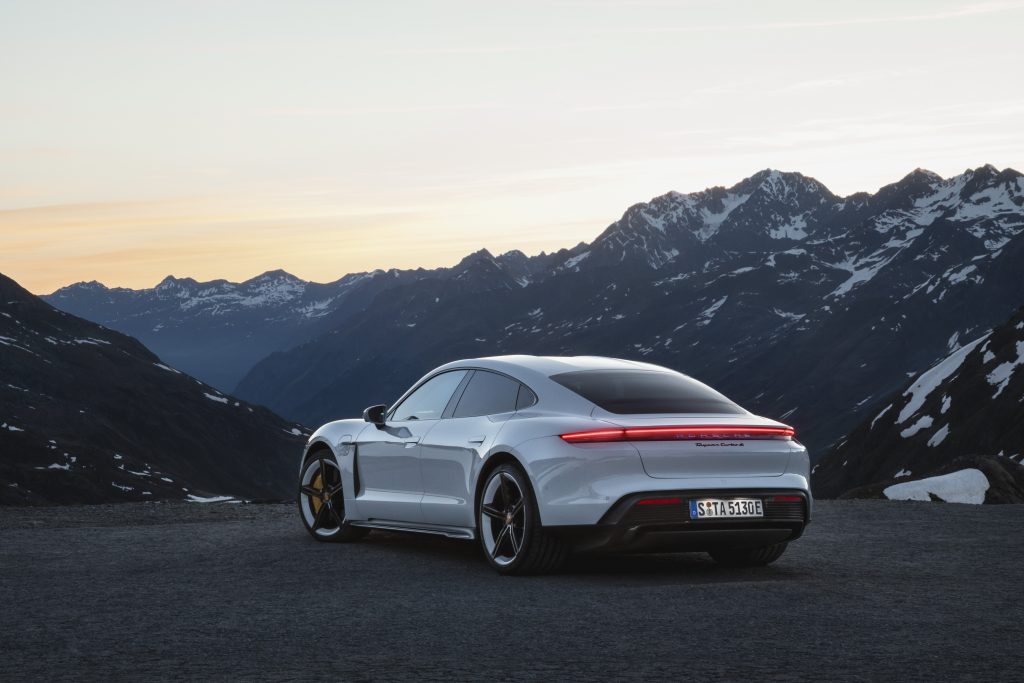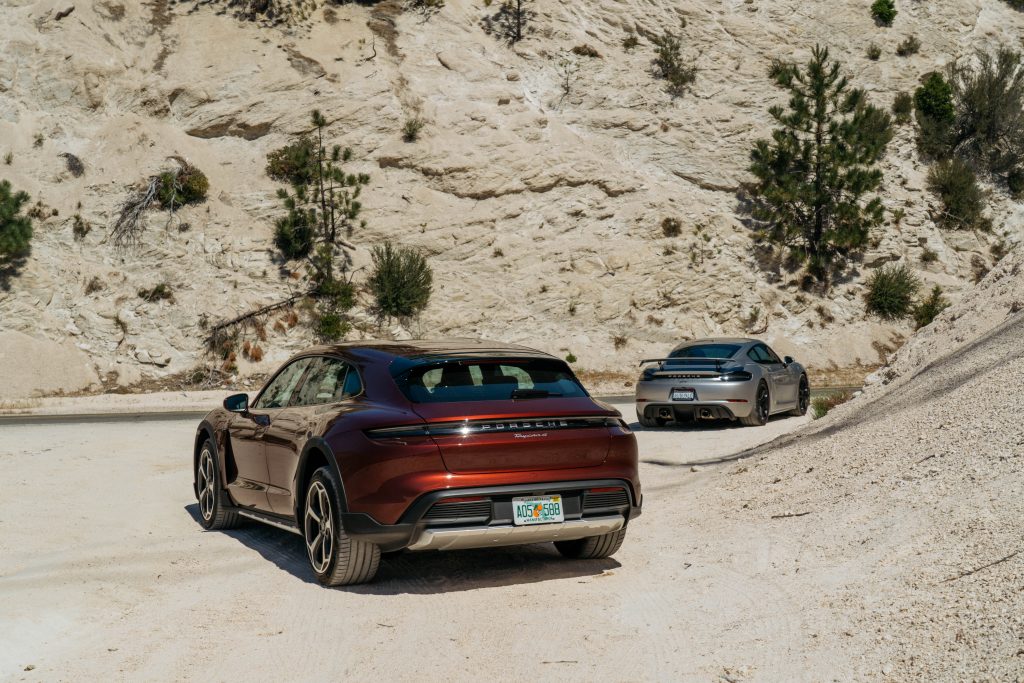Porsche’s First All-Electric Sports Car, the Taycan
Head of Interior Design Ivo Van Hulten explains the future-defining automobile

Let’s dispense with the “how this Porsche isn’t like a Tesla” discussion right now: the all-electric Taycan (unveiled today) won’t singlehandedly displace Tesla, because it’s not meant to. The Taycan Turbo (pronounced “ti-ken”) is $153,310; the more powerful Turbo S is $187,610—both price tags that are far from Tesla’s volume king, the Model 3, which retails closer to $50,000. Porsche isn’t expecting to sell anywhere near hundreds of thousands of cars, nor would that fit the brand’s MO.

When the Macan EV crossover debuts (likely within the next two years), Porsche will inch closer to ubiquity—the company is heavily focused on offering electric cars close to fleet-wide by 2025. The Taycan is a brilliant starting point. And it, along with so many other electric cars coming at every price point over the next year, will change how we think about EVs once there’s an iteration for almost everybody.

As for why the Taycan is a great move by Porsche, it begins with a design that signals only subtly that the car is differently propelled. It doesn’t scream EV; it’s inherently Porsche. That starts when you get behind the wheel. Head of interior design Ivo Van Hulten explains that while the traditional gauge cluster in a 911 sweeps across in front of the driver with five analog dials, Porsche didn’t want to quote the past without advancing the brand’s design language. He tells us, “We said, ‘OK, we want to do completely digital dials, but then let’s do a curve around the driver,’ because that’s basically Porsche DNA, to orient everything to the driver.” The team curved the actual cluster, extending it off the dash rather than boxing it in. Van Hulten explains “that [the] curve echos the silhouette of the first 911.”

Van Hulten stresses that the touchscreen-centric design—which even includes touch-sensitive panels in the rear for temperature control—still retains some physical switches. “We have the start button left of the steering wheel, because that location is traditional for Porsche ignitions,” he says. And as the design team considered tweaking the shift lever, they retained a physical, and logical stalk. (Note: the Taycan has a unique two-speed drivetrain. While most EVs are essentially single-gear cars, the Taycan has a lower launch gear, the better to bolt to 60mph in as little as 2.6 seconds in the Turbo S, and 3.0 seconds in the Turbo, before the vehicle shifts to a larger ratio designed to save charge for cruising.)

Still, the cabin is a compromise between utility and a true cockpit. Van Hulten explains Porsche wanted to signal sportiness first. There’s just enough legroom for a six-foot-tall passenger in the rear of the cabin to perch behind a driver of similar stature. This is a departure from the mere feint at pragmatism in a 911, and is slightly less cramped than in a Macan—though headroom isn’t extraordinary.
Size-wise, the Taycan sits between Macan and Panamera, though it will be less practical than both. There’s a 12.9-cubic-foot rear trunk and a 2.9-cubic-foot front trunk. While it’s no SUV, it promises to be more sensible than a 911 as a daily driver and, with both front- and rear-electric motors, it has native all-wheel drive at all times.
One last tech highlight to stress is Apple Music hardwired into the IP—the first time Apple’s partnered with any carmaker with this level of integration. What’s clever here is that you can invent new playlists on the fly, even if you’re listening to terrestrial radio. Simply ask Siri to create one from the song you’re listening to. Of course, this also gives Taycan buyers access to Apple’s 50-million track library, and provided you have a strong enough cell link, you can stream all of that content directly to the car at the highest possible bitrate, including master tracks. (Taycan buyers also get the first three years free.)

The exterior of the car obviously echoes Porsche’s design language from nearly every angle. From sweeping lines to smaller details, the car is undeniably a Porsche, though Van Hulten says pulling that off was a lot harder than it may seem.
“Taycan redefines the proportion of an electric car,” Van Hulten explains—its center of gravity is lower than that of a 911, and the roof is three inches taller. This is a massive innovation, because in most electric cars, you’re seated atop a thick battery bank, this means a higher roof that makes it difficult to create a sleek appearance. “We wanted to do the opposite,” Van Hulten tells us. “To bring the sports car into the electric segment.” This meant engineers rearranging the battery system and altering its fit into the floor, creating a deeper well for foot space. This also explains a relatively reclined seating position in the cockpit.

For Van Hulten and his team, the main goal was for the brand not to push the electric car theme too hard. “Proportion was the most important thing. Porsche will have electrification very broadly,” Van Hulten says. He insists that buyers will stop caring about propulsion soon, and at that point, brands are going to distinguish themselves by being true to their own design heritage—if they have one. “You don’t want to overdo signaling an EV. We only have some small hints here and there—like where we’re playful with the blue logo on the tail. But it’s subtle. It’s better to have to look for it.”












